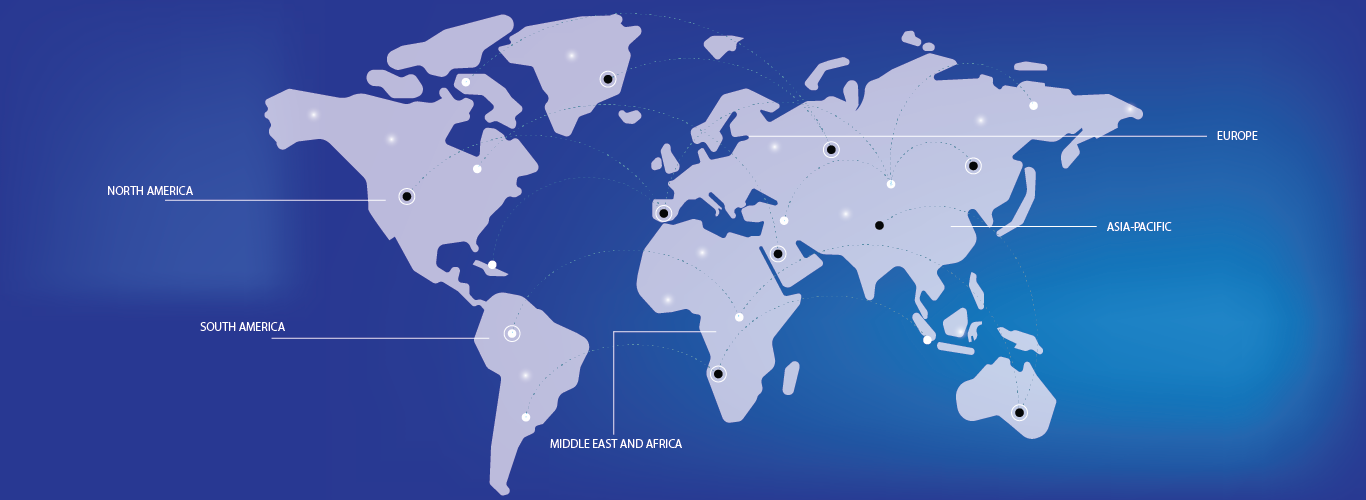- Cardiac marker testing involves measuring levels of specific proteins in the blood that are released when the heart muscle is damaged. These tests help diagnose or rule out conditions such as heart attacks and monitor heart health
- The cardiac marker testing market is experiencing significant growth, driven by the increasing prevalence of chronic diseases requiring frequent injections, the rising number of biologics and biosimilars available in pre-filled syringes, and the growing need for user-friendly drug delivery in emergency situations
- North America dominates the cardiac marker testing market with the largest revenue share of 41.2% in 2024 which is attributed to its advanced healthcare infrastructure, high adoption rates of sophisticated medical devices, and a strong presence of leading pharmaceutical and medical device manufacturers
- Asia-Pacific is expected to be the fastest growing region in the cardiac marker testing market during the forecast period, fueled by region's growing inclination towards self-care and advanced diagnostic delivery, supported by government initiatives promoting healthcare modernization
- Reagents and kits segment dominates the cardiac marker testing market with a market share of 65.2% in 2024, driven by their critical role in detecting and quantifying cardiac biomarkers across diverse testing platforms

Frequently Asked Questions
U.S. is expected to dominate the cardiac marker testing market with a market share of 30.4%, fueled by the swift uptake of advanced medical technologies and the expanding trend of patient care.
North America dominates the cardiac marker testing market with a market share of 41.2% in 2025 which is attributed to its advanced healthcare infrastructure, high adoption rates of sophisticated medical devices, and a strong presence of leading pharmaceutical and medical device manufacturers.
China is expected to witness the highest CAGR in the cardiac marker testing market attributed to the country's expanding healthcare infrastructure, rapid urbanization, and high rates of technological adoption in the medical sector.



